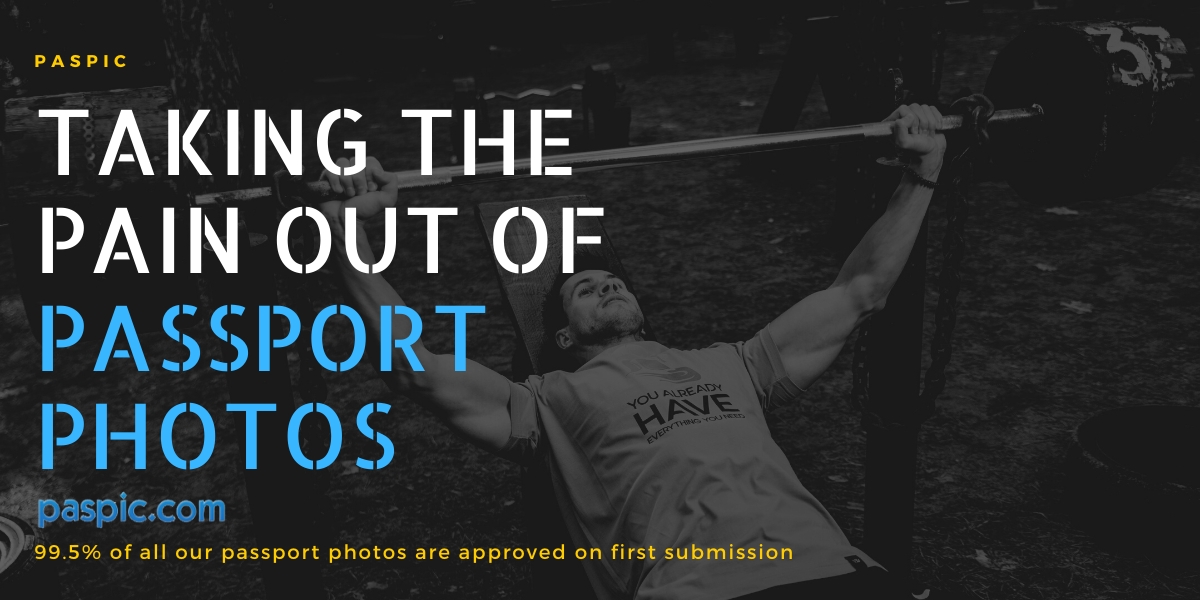The modern rules and regulations for passport photos can be confusing, and costly if your snap is rejected by the passport office. This is where an innovative company called Paspic, which based on The Sussex Innovation Centre (SINC) site, has streamlined the passport photo process.
Sussex University alumni Yehuda Hecht came up with the clever idea of combining digital photography with cutting edge technology to improve the passport photograph process. All new passport photos must include measurable and unique physical characteristics for today’s biometric facial recognition software. The Paspic system works by taking a digital photo and analyzing its suitability in terms of these characteristics.
The Paspic system is so accurate that 99.5% of passport photos are approved upon the first submission to the passport office. And if your photo is rejected, Paspic sends a refund for the submission.
This cutting edge technology has a rich history, based at the SINC site. Yehuda was at the School of Applied Sciences at Sussex Uni from 1970 to 1973. Paspic, previously known as PhotoMagic, was founded by Yehuda in 1989. Yehuda’s patented PhotoMagic technology is used worldwide in almost all of the 20,000 digital photo booths.
In 2000 Paspic was established and the company’s focus shifted from connecting the photo booth kiosk to the internet to making it possible to create passport photos at home. In today’s world of smartphones and digital photography, it’s an obvious step but is also one that relies on years of technical research and development.

Paspic has continued to go from strength to strength. From taking your child’s first passport photo to creating photographic ID cards such as driving licenses, student cards and so on, every individual need a photo ID in one form or another. Paspic is delivering photographic IDs for all these needs and continues to grow and develop its technology as the world demands more photographic IDs within more stringent parameters.

